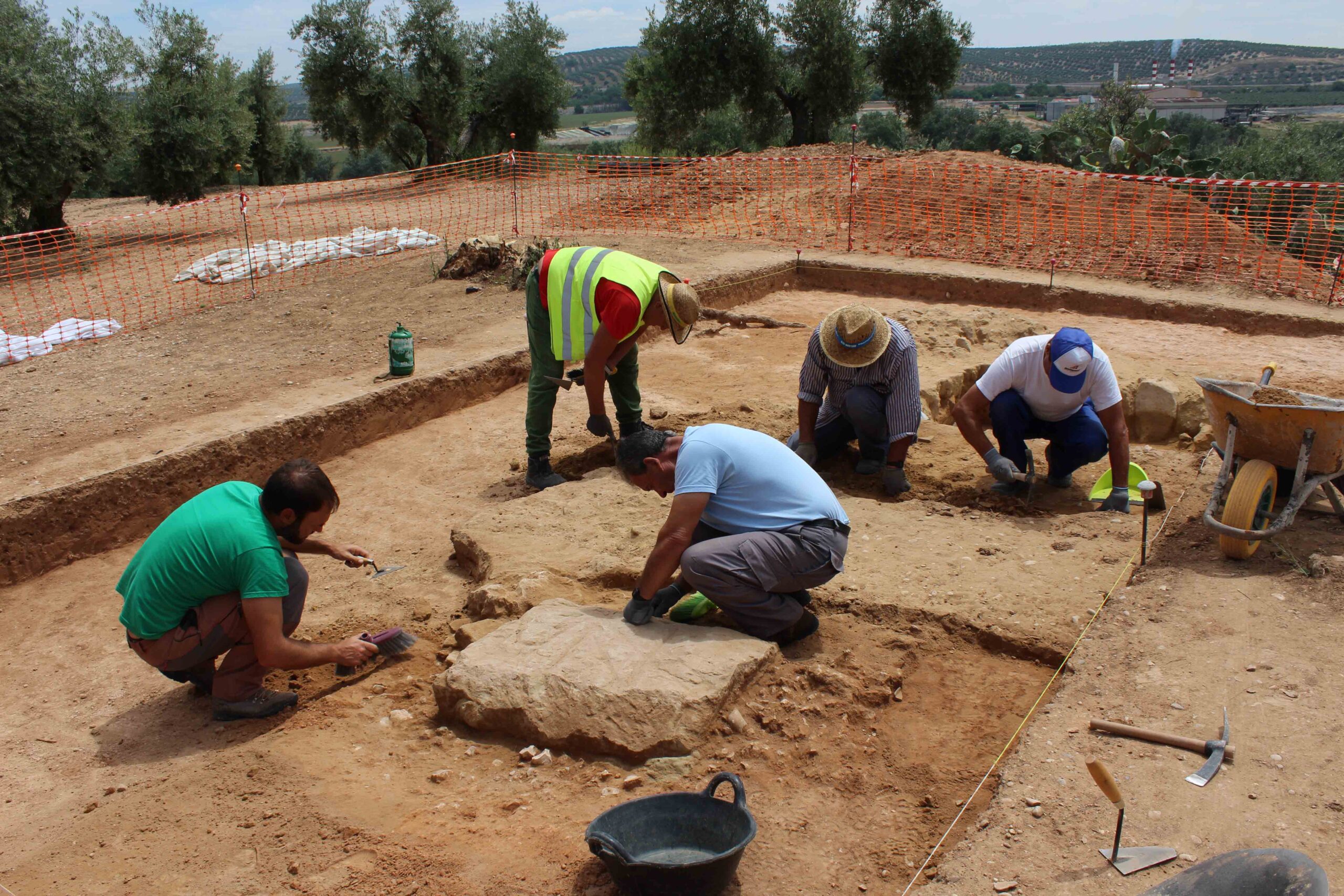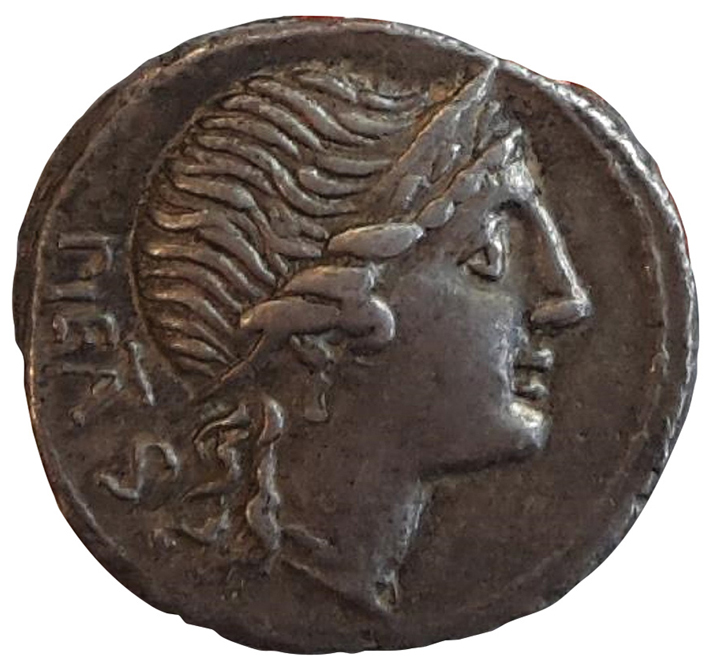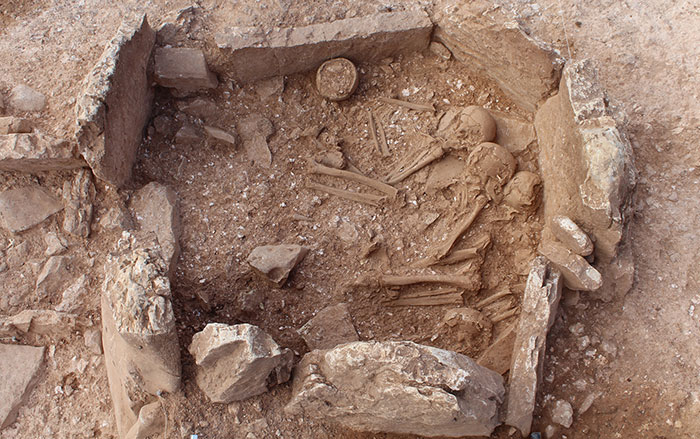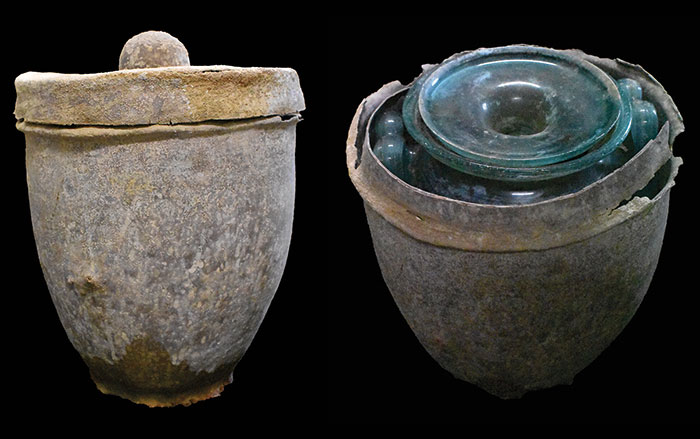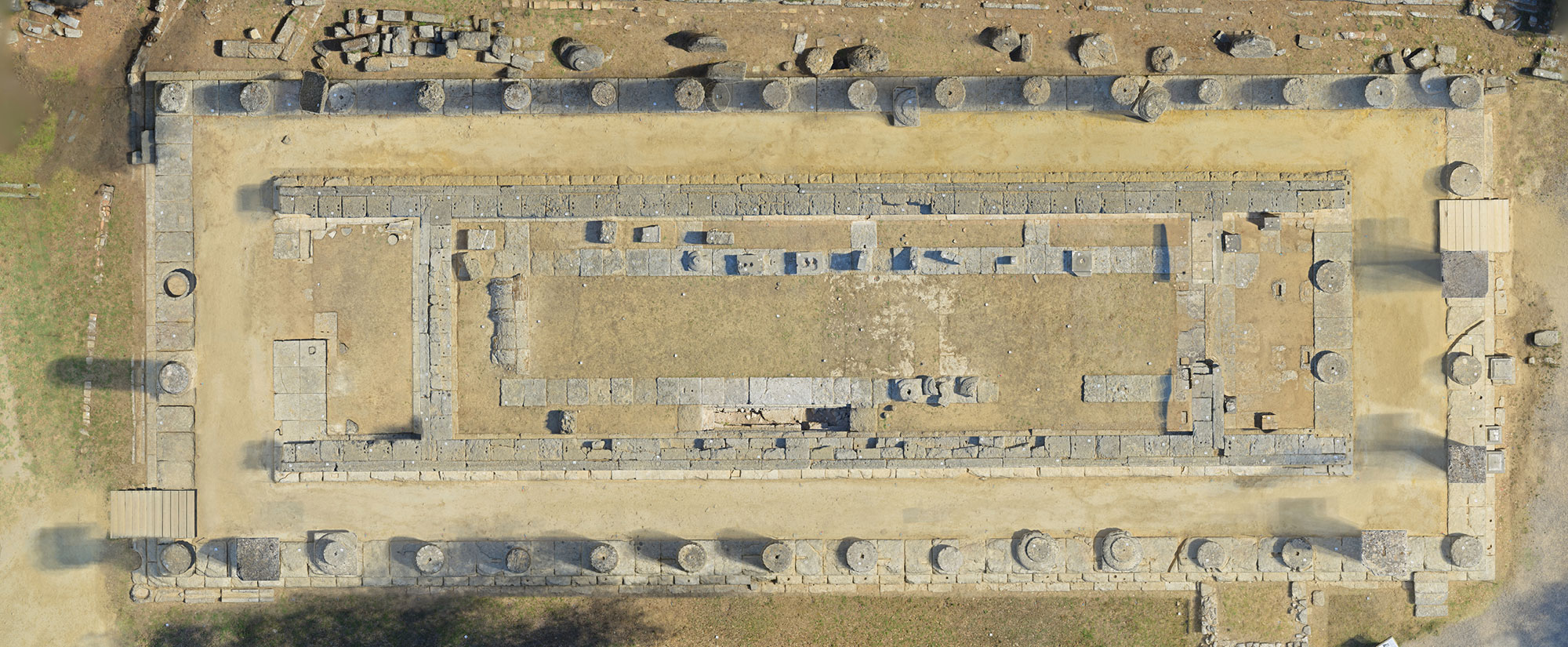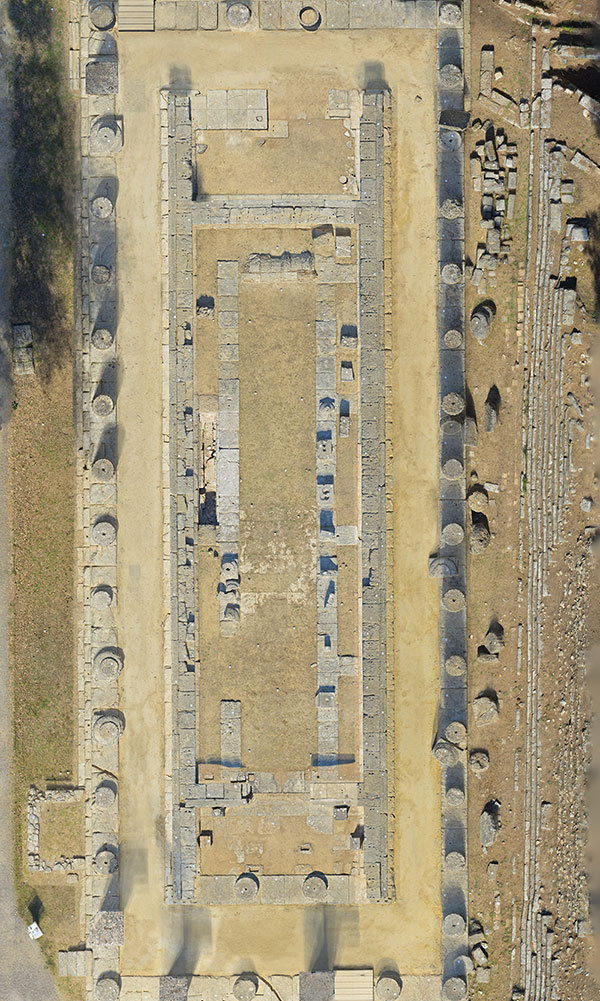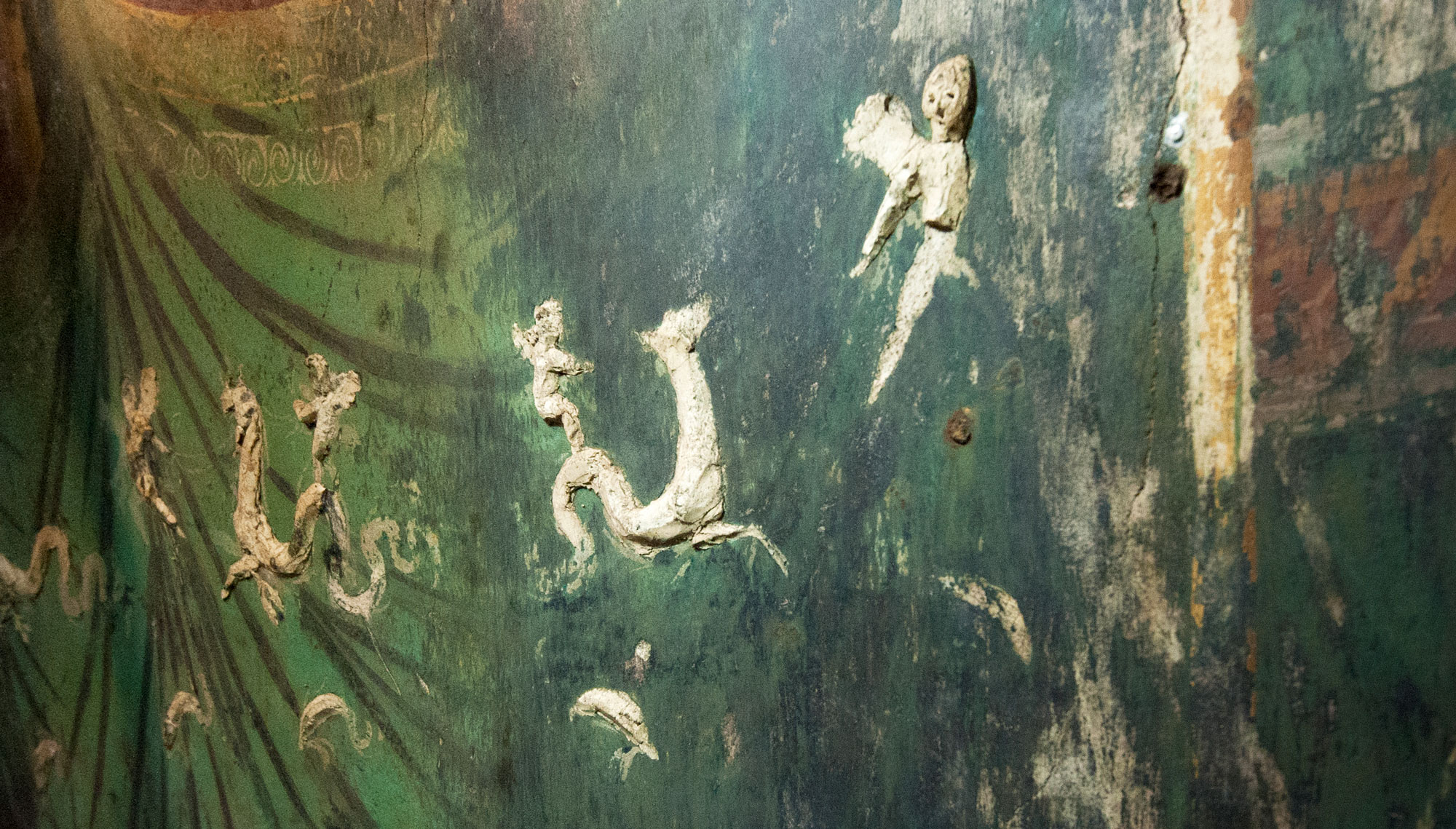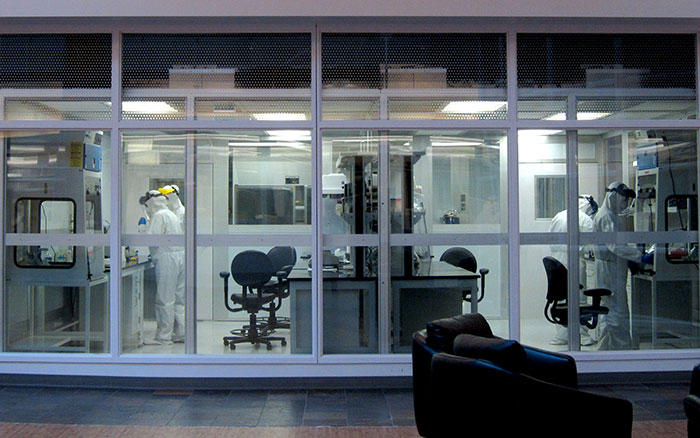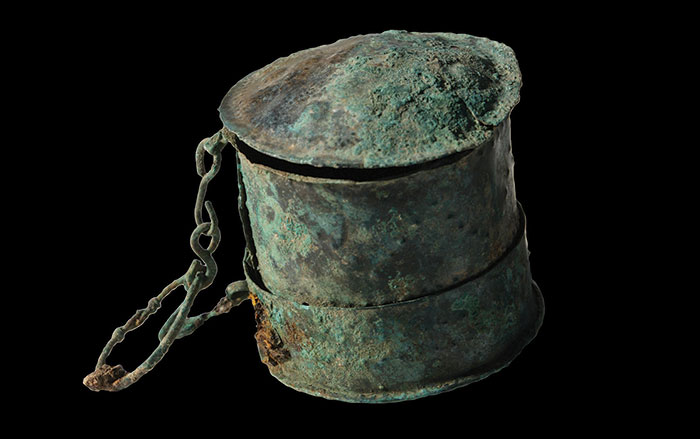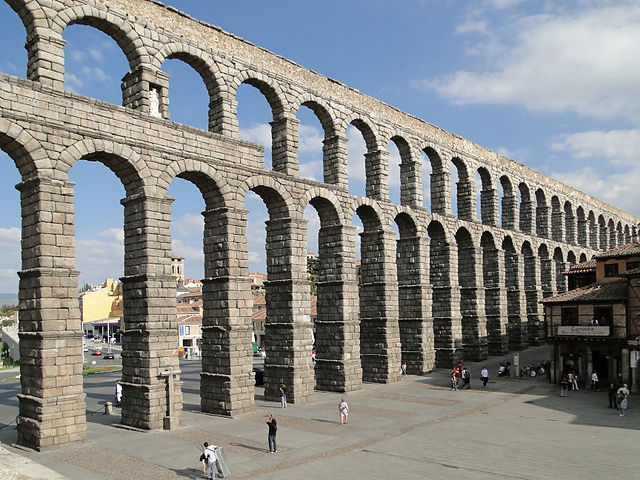
SEGOVIA, SPAIN—El País reports that the discovery of a coin has revised the construction date for the Segovia Aqueduct to the early years of the second century A.D. A team of researchers, including Santiago Martínez Caballero, director of the Segovia Museum; Víctor Manuel Cabañero Martín of the National Distance Education University; regional archaeologist Luciano Municio; and archaeologists Clara Martín García and José Miguel Labrador Vielve analyzed materials collected during an excavation at three of the aqueduct’s pillars in the Plaza del Azoguejo, the city’s old market square, in 1998. The fill in the foundations included ceramics from workshops in La Rioja dating to the first third of the second century A.D., and a Roman coin minted between A.D. 112 and 116 Previous studies of anchors used to hang large bronze letters on the arches of the aqueduct suggested that the structure had been erected around A.D. 98. For more, go to “Roman Coin Cache Discovered in Spain.”


